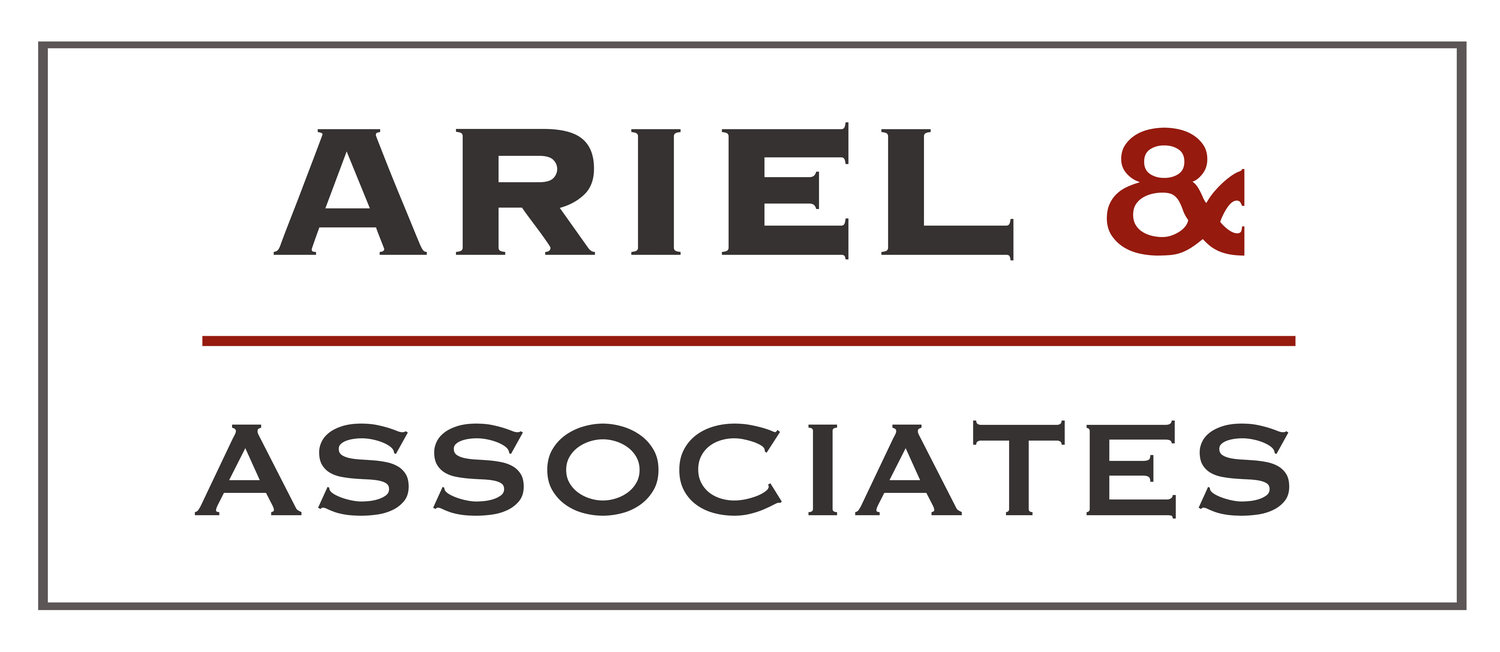And so it came to pass that there was no Financial Ombudsman Service (“FOS”), no Credit and Investments Ombudsman (“CIO”) and no Superannuation Complaints Tribunal (“SCT”). And in its place came the Australian Financial Complaints Authority (“AFCA”). And the broking community saw this new AFCA and saw that it was good. And so it was.
Well, I may be jumping ahead of myself, but yes, by no later than 1 November 2018, we will see the establishment of a new external disputes resolution scheme, which will replace the existing three schemes. ASIC has undertaken public consultation, inquiries and old fashioned soul searching over a period of almost two years to arrive at this process.
The fundamental cornerstone of a financial services consumer protection regime revolves around a free and available process for all. Actually, let me quantify that - it is only free for some, much like the “all animals are equal” line. It is certainly free for retail clients, which I suppose is good for them, but it is far from free for the applicable financial services provider. There are three costs that a financial services provider (for the sake of simplicity, let’s refer to a securities or derivatives broker) must bear.
Firstly, there are membership costs - brokers must pay an annual subscription for the privilege of being a member of FOS, even though it is compulsory to join an external disputes resolution scheme [Section 912A(2)(b) of the Corporations Act 2001 (Cth)]. Additional amounts are due if the complaint is escalated to an Ombudsman, or Panel, for determination.
The second cost involves the time and resources of a broker in defending the claim. Even small claims can drag out the process so relevant amounts would vary on a case by case basis. A broker will also need to pay the legal fees of its appointed lawyer once the claim has been brought to the attention of its professional indemnity insurance provider. The broker is required to pay such fees till it reaches its policy’s deductible amount.
Finally, just when a broker has resigned (pun intended) itself that the issue is finalised, along comes the subsequent year’s professional indemnity insurance premium. And no, it did not decrease!
We are still to see how much AFCA will distinguish itself from its predecessors, but a major gripe within the industry was the fact that some decisions were based more on emotion than on concepts of law and procedure. Additionally, decisions were binding on brokers, but were optional on the part of the claimant, (or applicant). To demonstrate this last point, I refer to the FOS website which states the following in regard to whether a party can appeal a Determination:
A Determination is a final decision on the merits of a dispute. There is no further “appeal” or review process within the Financial Ombudsman Service. An Applicant has the right to accept or reject the Determination within 30 days of receiving it (or within any additional time we have allowed). If the Applicant accepts the Determination, then it is binding on both parties. If the Applicant does not accept the Determination, it is not binding on the Financial Services Provider and the Applicant may take any other available action against the Financial Services Provider, including action in the courts.
Which brings me back to my “all animals are equal” analogy.
ASIC has already stated that AFCA will institute higher monetary limits and compensation caps. But besides a two scheme redundancy, what else will differentiate AFCA? ASIC has stated that it is consulting for the next five weeks in regard to a limited number of policy issues - submissions close on 6 April 2018.
It was Jean-Baptiste Alphonse Karr who penned the often quoted phrase “plus ça change, plus c'est la même chose.”
Indeed ASIC, indeed.
Should you have any queries about ASIC or other issues involving compliance, licensing, or corporate governance, please contact Jeremy Danon, director of Ariel & Associates Pty Ltd on (02) 8223 3355 or at jeremy@ariel.associates.
